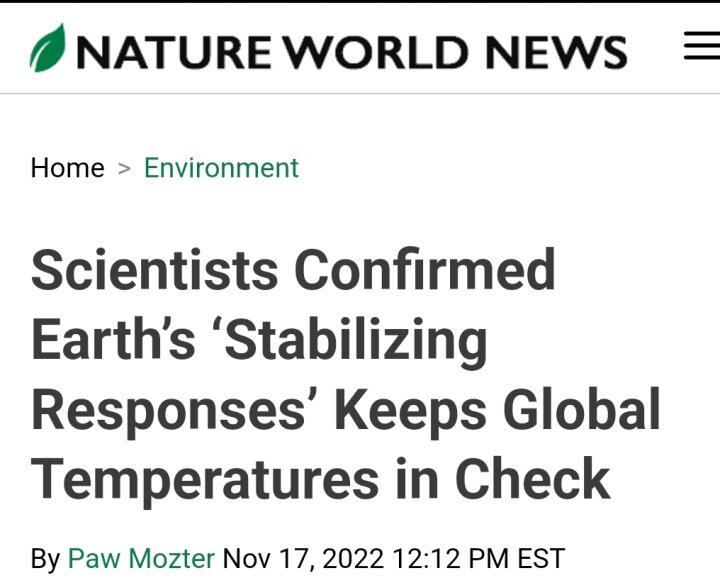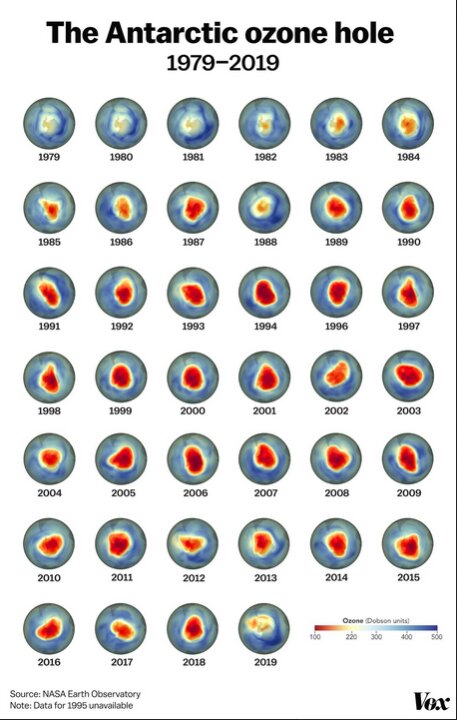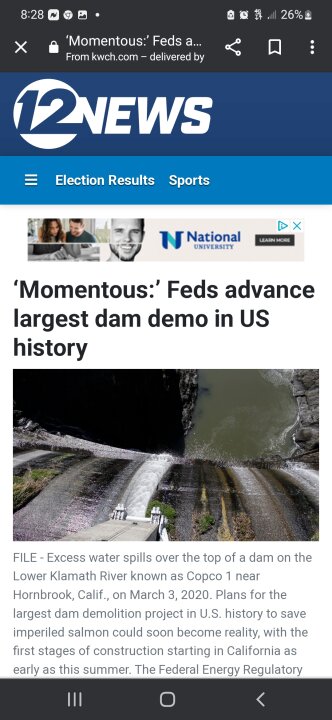@
checkoutanytime says
we dont have a choice.
Ah, but we DO have a choice. Humans have been accidentally modifying the climate for the past 100+ years. We can now modify it intentionally. A simple case of human climate modification and repair is the ozone hole.
The antarctic ozone hole is a case that demonstrates both humanity's ability to affect the atmosphere and humanity's ability to fix the damage we've done. The ozone hole began shrinking when we reduced CFC outputs by over 99%.
NASA began measuring Earth’s stratospheric ozone layer by satellite in 1979. By the time the Montreal Protocol went into effect in 1989, ozone concentrations (in Dobson units) had declined significantly over the Antarctic, enlarging the ozone hole.
The American Chemical Society says:
Chlorofluorocarbons and Ozone Depletion
A National Historic Chemical Landmark
. . .
“When we realized there was a very effective chain reaction, that changed the CFC investigation from an interesting scientific problem to one that had major environmental consequences,” Rowland told Chemical & Engineering News in an extensive interview in 2007. “You don’t often get many chills down your back when you look at scientific results,” he added, but that had been one of those moments.
https://www.acs.org/content/acs/en/education/whatischemistry/landmarks/cfcs-ozone.html
Want more?
Research studies in the laboratory show that chlorine (Cl) reacts very rapidly with ozone. They also show that the reactive chemical chlorine monoxide (ClO) formed in that reaction can undergo further processes that regenerate the original chlorine, allowing the sequence to be repeated very many times (a chain reaction). Similar reactions also take place between bromine and ozone.
But do these ozone-destroying reactions occur in the "real world"? All the accumulated scientific experience demonstrates that the same chemical reactions do take place in nature. Many other reactions (including those of other chemical species) are often also taking place simultaneously in the stratosphere. This makes the connections among the changes difficult to untangle. Nevertheless, whenever chlorine (or bromine) and ozone are found together in the stratosphere, the ozone-destroying reactions are taking place.
Sometimes a small number of chemical reactions are so dominant in the natural circumstance that the connections are almost as clear as in laboratory experiments. Such a situation occurs in the Antarctic stratosphere during the springtime formation of the ozone hole. Independent measurements made by instruments from the ground and from balloons, aircraft, and satellites have provided a detailed understanding of the chemical reactions in the Antarctic stratosphere. Large areas reach temperatures so low (less than 80°C, or 112°F) that stratospheric clouds form, which is a rare occurrence, except during the polar winters. These polar stratospheric clouds allow chemical reactions that transform chlorine species from forms that do not cause ozone depletion into forms that do cause ozone depletion. Among the latter is chlorine monoxide, which initiates ozone destruction in the presence of sunlight. The amount of reactive chlorine in such regions is therefore much higher than that observed in the middle latitudes, which leads to much faster chemical ozone destruction. The chemical reactions occurring in the presence of these clouds are now well understood from studies under laboratory conditions that mimic those found naturally in the atmosphere.








